
Walk or take the bus? Modeling mode choice with dynamic transit assignment.
How do we decide whether to walk somewhere or take the bus and how do you model that decision in Aimsun Next?
Aimsun Next Use Aimsun Next Technical notes

How do we decide whether to walk somewhere or take the bus and how do you model that decision in Aimsun Next?
Dynamic modeling
Traffic management
Extendibility: scripts and APIs
Visualizing data
Importing data
Working efficiently
Strategic modeling

April 2020: Emmanuel Bert describes how our Real Data Set Consistency Checker can help you in calibration and validation tasks.

March 2020: Martin Hartmann explains a quick and convenient way to study assumption-based behavior of autonomous and connected vehicles.

February 2020: Tessa Hayman shares three different ways to profile traffic demand that can help you build models efficiently.
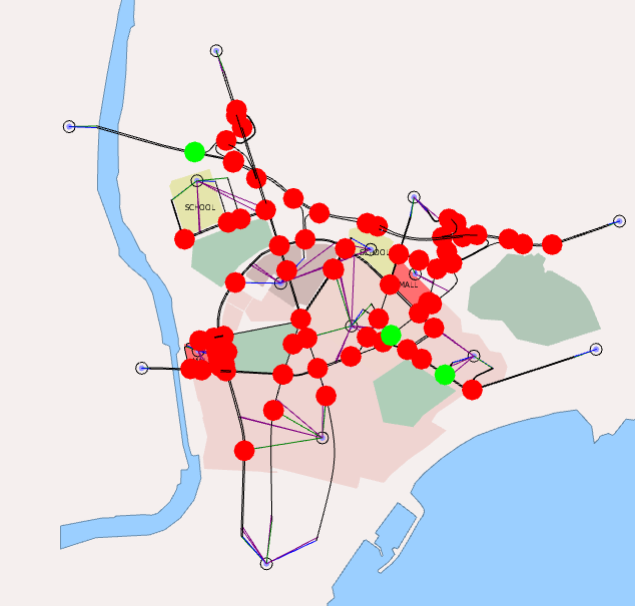
January 2020: There are various scripts available in the template: Margarida Delgado explains how Script nº 10 can speed up the process of filtering and viewing signalized nodes.

December 2019: Tessa Hayman explains how to adjust parameters on roundabouts to ensure accurate behaviour and calibration in dynamic models.

November 2019: Tessa Hayman explains different methods of coding roundabouts for different roundabout layouts, ensuring correct lane usage and lane-changing behavior from entry to exit.

October 2019: Margarida Delgado explains where to find matrix cell values, and how to visualize desire lines and total trips per centroid.

September 2019: Martin Hartmann explains how to use View Modes in the capacity calibration process to model bottlenecks more realistically.
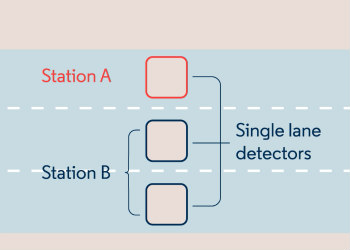
August 2019: Emmanuel Bert shares how the detector station grouping tool can help you to manage section detector statistics in Aimsun Next.
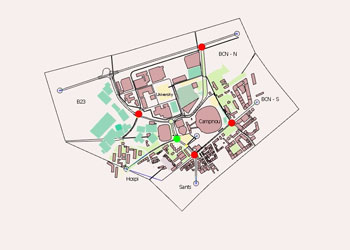
July 2019: Dimitris Triantafyllos shares a pro tip video for keeping track of revised nodes in your project to speed up the editing process.

June 2019: In Part 2 of this GIS pro tip, Geline Canayon explains network importer settings for GIS files.
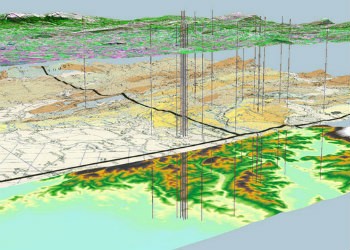
May 2019: In Part 1 of this series, Geline Canayon explains GIS file preparation and basic importer settings. Part 2 will deal with network importer settings.
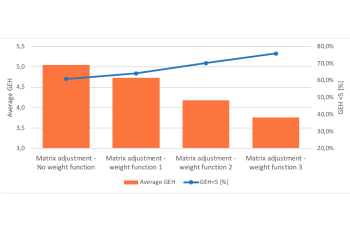
February 2019: Mohammad Saifuzzaman explores the use of adjustment weighting functions to improve the GEH and not just the R2.

May 2018: Laura Oriol shares her tips for altering parameters for throughput at traffic signals and at major-minor priority junctions.

April 2018: in the first of a two-part series, Laura Oriol shares some tips on how to push meso calibration to the max and speed up your workflow.

March 2018: Mauricio Castro and Gabriel Funes take you beyond the default settings for Stop Lines and show you how to control where vehicles stop with greater precision.

February 2018: Geline Canayon and Laura Torres give you a brief guided tour through the how, when, where and why of hybrid simulation.

January 2018: Margarida Delgado explains how the Distribution and Modal Split steps are now split into two separate processes to give you greater flexibility when choosing which model to work with, and to give you more control at each step.

August 2017: Want to update your strategic model zoning system to organise the ever-increasing amount of data available? Dimitris Triantafyllos and Paolo Rinelli show you how to split zones to better represent the entrance and exit of the traffic volumes in the network.

May 2017: Dimitris Triantafyllos and Sergi Pujadas explain how to alleviate traffic congestion using a variety of traffic management actions.
SHARE
Aimsun Next 24
Aimsun (2024). Aimsun Next 24 User’s Manual, Aimsun Next Version 24.0.0, Barcelona, Spain. Accessed on: April. 16, 2024. [Online].
Available: https://docs.aimsun.com/next/24.0.0/
Aimsun Next 24
@manual {AimsunManual,
title = {Aimsun Next 24 User’s Manual},
author = {Aimsun},
edition = {Aimsun Next 24.0.0},
address = {Barcelona, Spain},
year = {2024. [Online]},
month = {Accessed on: Month, Day, Year},
url = {https://docs.aimsun.com/next/24.0.0},
}
Aimsun Next 24
TY – COMP
T1 – Aimsun Next 24 User’s Manual
A1 – Aimsun
ET – Aimsun Next Version 24.0.0
Y1 – 2024
Y2 – Accessed on: Month, Day, Year
CY – Barcelona, Spain
PB – Aimsun
UR – [In software]. Available:
https://docs.aimsun.com/next/24.0.0/